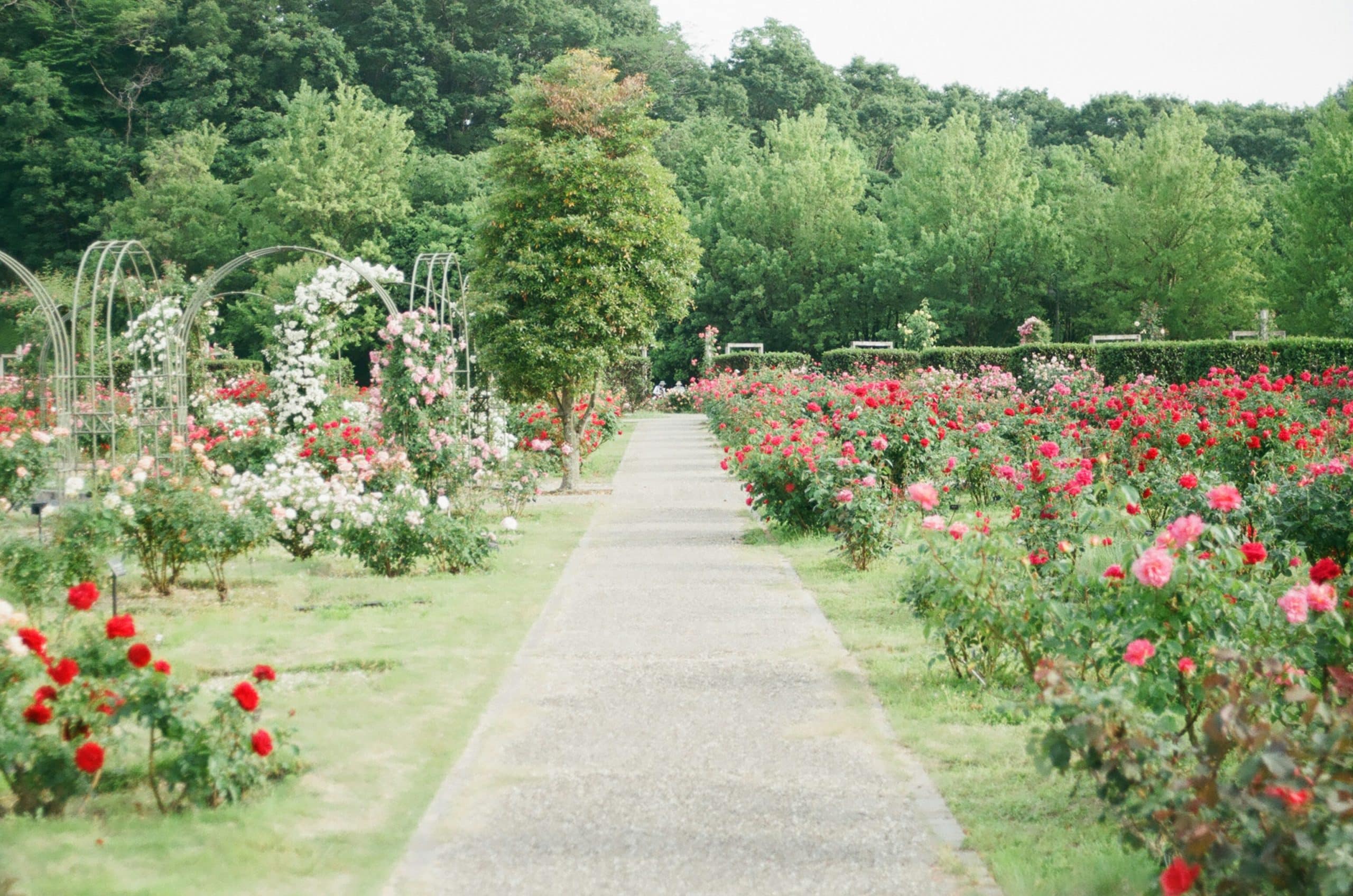Designing a backyard that’s practical and beautiful all year round can be a challenging task. It requires careful planning, a keen eye for design, and a good understanding of the plants and elements that will thrive in every season. In this article, we’ll guide you through the process of creating an outdoor space that will not only add color and life to your home but also serve a real purpose throughout the year. We will discuss the ideal plants for each season, how to maximize your space, and how to incorporate different elements to create a vibrant and inviting backyard.
Planning Your Outdoor Space
Before you roll up your sleeves and start working on your backyard, it’s crucial to have a game plan. Begin by thinking about the purpose of your outdoor area. Do you want a serene garden to relax in, or do you envision a lively patio for barbecues and parties? Your answers will help you design and create a space that meets your needs and reflects your lifestyle.
Lire également : How to Create an Allergy-Friendly Home Environment?
Next, consider your outdoor area’s size and layout. Take note of where the sun shines the most, the areas that get too much shade, and the direction of the wind. These factors will affect the types of plants you can grow and the best spots for seating or entertainment areas.
Finally, make a list of the plants and features you’d like to incorporate into your backyard. When choosing plants, make sure they will thrive in your local climate and soil conditions. Consider including a mix of perennials, which will provide color and texture throughout the year, and seasonal plants that can be changed as the year progresses.
A voir aussi : What Are the Best DIY Projects for Home Automation?
Creating a Landscape for All Seasons
First impressions count, and the first thing people will notice about your backyard is the landscape. A well-thought-out landscape will not only make your outdoor space more appealing but also ensure it’s usable all year round.
In the spring, bulbs like tulips and daffodils will burst into life, adding a splash of color after the winter months. You can also plant fruit trees or flowering shrubs like azaleas and rhododendrons for a real spring spectacle.
When summer arrives, your garden should be a lush oasis of greenery and color. Plant summer-blooming perennials like daylilies, cone-flowers, and daisies. Add some shade-loving hostas and ferns in the areas that don’t get much sunlight.
In the fall, trees like maples, oaks, and birches will create a stunning display with their changing leaves. You can also add late-blooming flowers like chrysanthemums and sedums to keep the color going into the colder months.
As for the winter landscape, evergreens like spruces, pines, and firs will add color and texture to your backyard. You can also plant winter-blooming flowers, such as camellias and winter jasmine, for a pop of color.
Utilizing the Patio Area
A patio can be a real asset in your backyard, providing a space for outdoor dining, entertaining, or simply lounging around. By cleverly designing your patio, you can make it a comfortable and inviting space all year round.
In the warmer months, your patio can become an outdoor dining area. Add a table and chairs, a barbecue grill, and perhaps a fire pit for those cooler summer evenings. You can also add potted plants or hanging baskets to bring some greenery into the space.
For the colder months, you can invest in a patio heater or an outdoor fireplace. This will allow you to enjoy your patio even when the temperature drops. You can also add blankets and cushions for extra warmth and comfort.
Incorporating a Garden for Year-Round Interest
A garden filled with plants and flowers can be the heart of your backyard, providing color, fragrance, and interest throughout the year. When planning your garden, aim for a mix of plants that will bloom at different times, ensuring there’s always something to see.
For spring, consider planting bulbs like tulips and daffodils. They’ll start sprouting as soon as the snow melts, bringing the first hints of color to your garden. You can also add flowering shrubs like forsythia and lilac for a stunning spring display.
In the summer, choose plants that can handle the heat and still provide a vibrant display. Perennials like black-eyed Susans, coneflowers, and daylilies are great choices. You can also add annuals like marigolds and petunias for a burst of color.
In the fall, chrysanthemums and asters will keep your garden colorful as the days start to cool. You can also plant trees and shrubs with colorful autumn foliage, such as maples and burning bushes.
As for winter, evergreens are your best bet. They’ll provide color and structure even when everything else has died back. You can also add winter-blooming plants like hellebores and snowdrops for a touch of beauty in the frosty months.
Remember, designing a backyard for year-round use doesn’t happen overnight. It’s a process that requires time, patience, and a lot of love. But with careful planning and a bit of creativity, you can create an outdoor space that you and your family will enjoy throughout the year.
Building Functional Living Spaces in Your Backyard
Once you have a garden plan in place, you can begin creating functional outdoor living spaces that can be utilized year-round. This can include a seating area or outdoor kitchen, a fire pit, or even a play area for children. The key is to design these spaces in a way that complements your landscape design and caters to your lifestyle.
The seating area is often the centerpiece of any outdoor space. It can be as simple as a patio with a few chairs or as elaborate as an outdoor living room with comfortable sofas, a coffee table, and a pergola for shade. Choose durable, weather-resistant furniture that can withstand the elements and consider adding a heater or fire pit for warmth during the colder months.
The outdoor kitchen can take your backyard entertaining to another level. It can range from a simple grill to a full kitchen with a sink, refrigerator, and prep area. Remember, outdoor kitchens are exposed to the elements, so opt for materials like stainless steel or concrete that are easy to clean and can endure all sorts of weather conditions.
The fire pit is another element that can make your backyard usable in all seasons. It provides heat during the winter, a place for roasting marshmallows in the summer, and a cozy spot to gather around and chat with friends and family all year long.
An outdoor play area for the kids can be a great addition too. Swing sets, a sandbox, or a trampoline can keep the little ones entertained, while a gazebo or garden shed can serve as a quiet retreat for adults.
Incorporating Native Plants and Focal Points into Your Design
To keep your backyard landscaping interesting throughout the year, consider incorporating a mix of native plants that can thrive in your local climate. In addition to being better adapted to local soil and weather conditions, native plants often require less maintenance and can provide year-round interest.
Leverage the natural beauty of these plants by creating focal points that draw the eye. This could be a dramatic tree, a striking sculpture, a water feature, or a colorful flower bed. Focal points can give your garden design structure and make your space year more intriguing.
For example, a flowering dogwood tree can serve as a focal point with its beautiful spring blossoms, vibrant fall foliage, and interesting bark in the winter. Similarly, a water feature like a pond or fountain can draw attention and provide a soothing ambiance, while also serving as a source of water for local wildlife.
Again, remember to consider the different seasons when planning your focal points. A flower bed might be the star of the show in the spring and summer, but in the winter, a sculptural element or an evergreen tree might take the spotlight.
Conclusion: Creating a Backyard Oasis for Year-Round Enjoyment
Creating a backyard that serves as an enjoyable outdoor living space all year long might seem like a daunting task. But with careful planning, a good understanding of your local climate and soil conditions, and a bit of creativity, it’s entirely possible.
Remember, the key to successful backyard landscaping is to balance aesthetics with functionality. Choose plants that provide season interest, create inviting outdoor spaces for relaxation and entertainment, and incorporate focal points that add character to your garden design. With these elements in mind, your backyard can be transformed into a year-round oasis that enhances your home’s real estate value and brings you joy throughout all four seasons.
The journey of designing your backyard is a continuous process of learning and adaptation. As you spend time in your outdoor space, you’ll discover what works and what doesn’t, and your garden plan will evolve. But that’s part of the fun! So, here’s to creating a backyard that you and your family can enjoy, learn from, and grow with, year after year.











